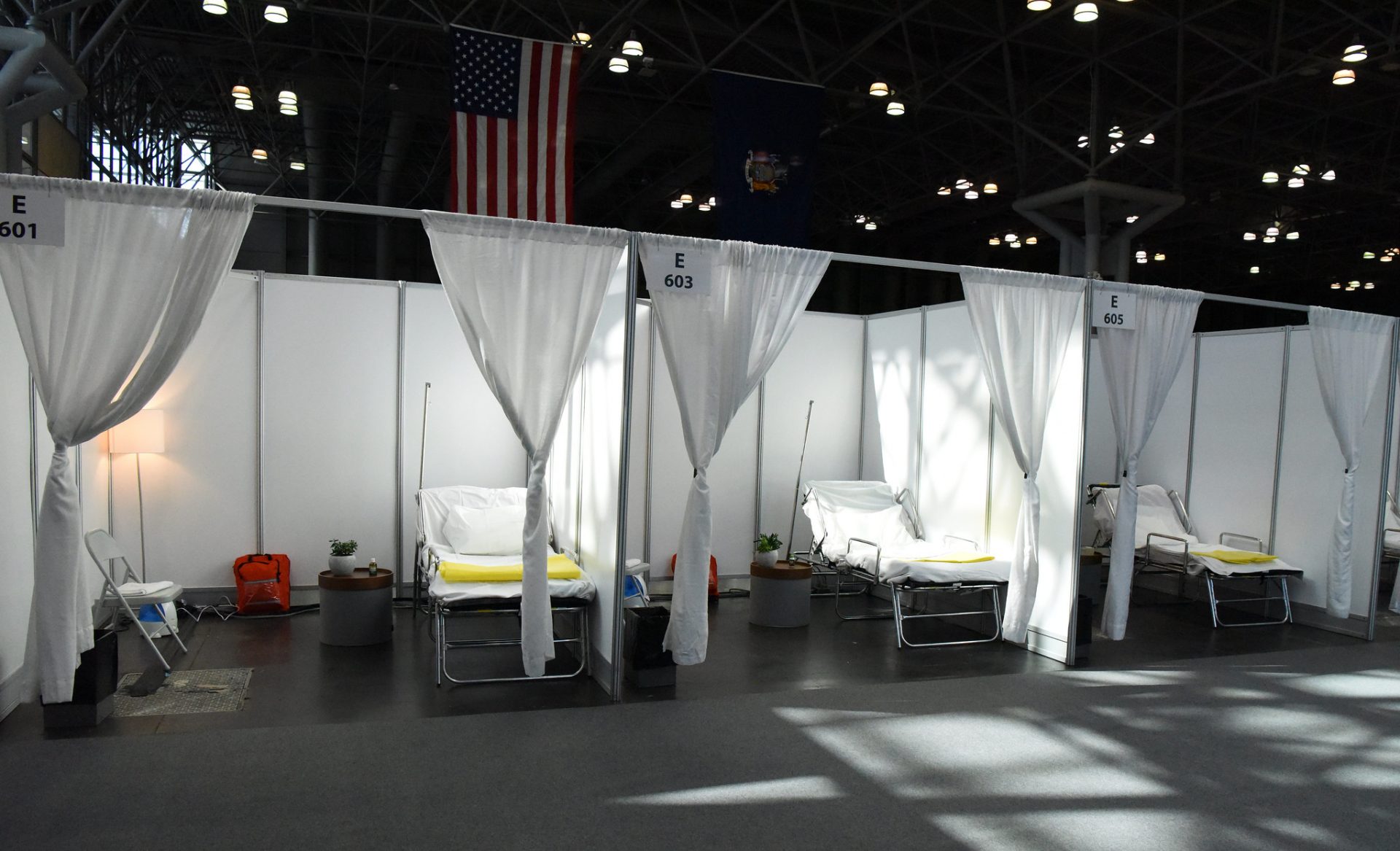King County Mobility Coalition – King County COVID Vaccine Transportation Needs Memo
- Author: Guest Contributors - Cassidy Giampetro & Staci Sahoo
- Date: March 2, 2021
Source: King County Metro Transportation is essential to ensure the most vulnerable residents of King County receive vaccinations. Those without…


